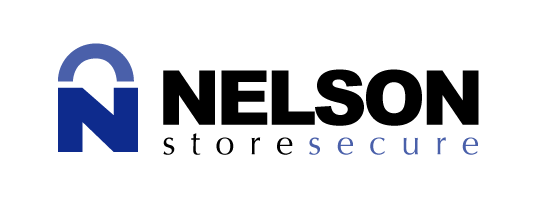Understanding Ice Hockey Strategy: Offensive and Defensive Tactics Unpacked

In the fast-paced world of ice hockey, strategy plays a pivotal role in determining the outcome of games. Teams must skillfully balance offensive and defensive tactics to outmaneuver their opponents and secure victory on the ice. Let’s delve into the essential elements of ice hockey strategy, breaking down offensive and defensive tactics to uncover the intricate maneuvers that define this dynamic sport.
Offensive Tactics: Paving the Way to Victory
Offense is the driving force behind a team’s quest for goals and ultimate success. To excel in offensive play, teams employ a variety of strategies to penetrate the opponent’s defense and create scoring opportunities. Here are some key offensive tactics that showcase the artistry of ice hockey gameplay:
1. Forechecking:
Forechecking is a fundamental offensive tactic that involves pressuring the opposing team in their defensive zone. By aggressively pursuing the puck carrier and disrupting their plays, teams can regain possession and launch quick counterattacks.
2. Cycling:
Cycling is a strategic maneuver where players maintain possession of the puck along the boards in the offensive zone. This tactic creates passing lanes, confuses defenders, and allows for high-percentage scoring chances.
3. Power Play:
During a power play, a team has a numerical advantage due to a penalty against the opposition. Teams strategically position players to capitalize on this advantage, increasing their chances of scoring and shifting the momentum in their favor.
4. Net-front Presence:
Net-front presence is crucial for offensive success, as it involves positioning players near the opponent’s goal to screen the goalie, deflect shots, and capitalize on rebounds. This tactic puts pressure on the defense and increases the likelihood of scoring goals.
Defensive Tactics: Fortifying the Backline
While offense drives the game, a strong defense forms the backbone of a successful ice hockey team. Defensive tactics are designed to thwart the opponent’s advances, protect the goal, and neutralize scoring threats. Let’s explore some key defensive strategies that elevate a team’s performance:
1. Shot Blocking:
Shot blocking is a selfless defensive tactic where players use their bodies to prevent shots from reaching the goal. This strategy requires courage, timing, and a commitment to sacrificing personal safety for the team’s benefit.
2. Backchecking:
Backchecking is essential for transitioning from offense to defense quickly. Players track back to their defensive zone to disrupt the opponent’s attack, break up plays, and support the defense in regaining control of the puck.
3. Penalty Killing:
During penalty killing situations, teams defend against the opponent’s power play by reducing shooting lanes, pressuring the puck carrier, and clearing the zone. Effective penalty killing can nullify the opposition’s advantage and maintain the team’s defensive integrity.
4. Gap Control:
Gap control involves maintaining proper spacing between offensive players to limit their movement and passing options. By closing gaps effectively, defenders can impede the opponent’s progress, force turnovers, and regain possession of the puck.
Expand Your Ice Hockey Strategy Knowledge with the WBS Penguins
Ice hockey strategy is a multifaceted tapestry of offensive ingenuity and defensive resilience. Teams that master the art of balancing offensive creativity with defensive solidity are poised for success on the ice. By understanding and implementing these key tactics, players and coaches can elevate their game, outwit their adversaries, and leave a lasting impact on the thrilling world of ice hockey. Remember, in the realm of ice hockey strategy, precision, teamwork, and unwavering determination reign supreme.
Follow the Wilkes-Barre/Scranton Penguins all season long by checking our schedule and getting tickets to come see a game in person!

REQUEST TICKET INFORMATION
"*" indicates required fields










